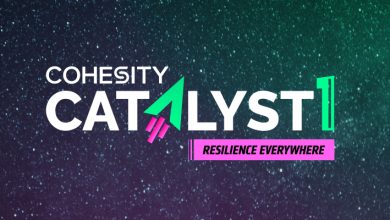2026 Outlook for Human Factors in Cybersecurity
Longstandng Human Errors Making Cybersecurity an Even Greater Concern Moving Forward

Cybersecurity threats are evolving faster than ever, yet one risk remains constant: the human factor. Even as organisations adopt advanced technologies, long-standing mistakes like reused passwords, weak credentials or falling for phishing attacks continue to drive breaches worldwide. In APAC—and particularly in Japan—these human vulnerabilities intersect with complex supply chains, legacy systems and lagging cybersecurity education, making effective defences more critical than ever.
Evolving Threats: Humans and AI
Human behaviour continues to be the single biggest cybersecurity vulnerability—in Japan, across the Asia Pacific (APAC) region and worldwide. Despite advances in technology, credential reuse, weak passwords and phishing remain among cyber attackers’ most effective entry points. In sectors such as manufacturing and public services, many systems still rely on traditional security models and outdated practices. Even with strong security investments, one click on a malicious link can lead to operational disruption, regulatory penalties and reputational damage.
Adding to this challenge, Artificial Intelligence (AI)-driven attacks are increasing in both scale and sophistication. Deepfakes and AI-generated phishing campaigns make scams more convincing, allowing attackers to operate at speeds no human team can match. Credential theft remains a prime target because it grants direct access to sensitive systems. APAC’s complex supply chains—particularly in Japan’s automotive and semiconductor industries—are increasingly targeted by AI-powered social engineering, demonstrating that these threats are enterprise-wide rather than niche.
User-Friendly Defences and AI as an Ally in Cybersecurity
Security in 2026 must do more than warn against risky habits—it must remove them entirely. Privileged access management, password managers, passkeys and passwordless authentication reduce reliance on memory and eliminate static credentials. Automation of credential rotation, secrets management and session controls minimises human error and operational burden. Zero-trust designs eliminate the outdated network perimeter model, ushering in a stronger architecture where no user, device, or application is inherently trusted, regardless of whether they are inside or outside the network.
Artificial Intelligence—although it’s leveraged extensively by cybercriminals—is also a critical tool for cyber defenders. By assessing risk in real time based on behaviour, device health and context, AI allows security teams, particularly those facing talent shortages across APAC—to scale defences efficiently. Agentic AI solutions take this a step further by automatically terminating sessions and mitigating malicious behaviour without the need for human intervention.
When paired with strict controls and human oversight, AI strengthens protection, reduces manual workload and improves resilience. Done correctly, AI integration is not just about stronger protection, it also helps control costs, save time and maintain operational agility without compromising security.
Looking Ahead
The path forward is clear: build a strong security culture that prioritises human factors, deploy frictionless and automated defences and leverage AI effectively. At the same time, cultural reluctance to adopt passwordless technology slows progress in some Japanese organisations, reinforcing the need to address both technical and human factors. The future of cybersecurity is not humans versus machines—it is humans working alongside AI to close the gap between intent and execution




